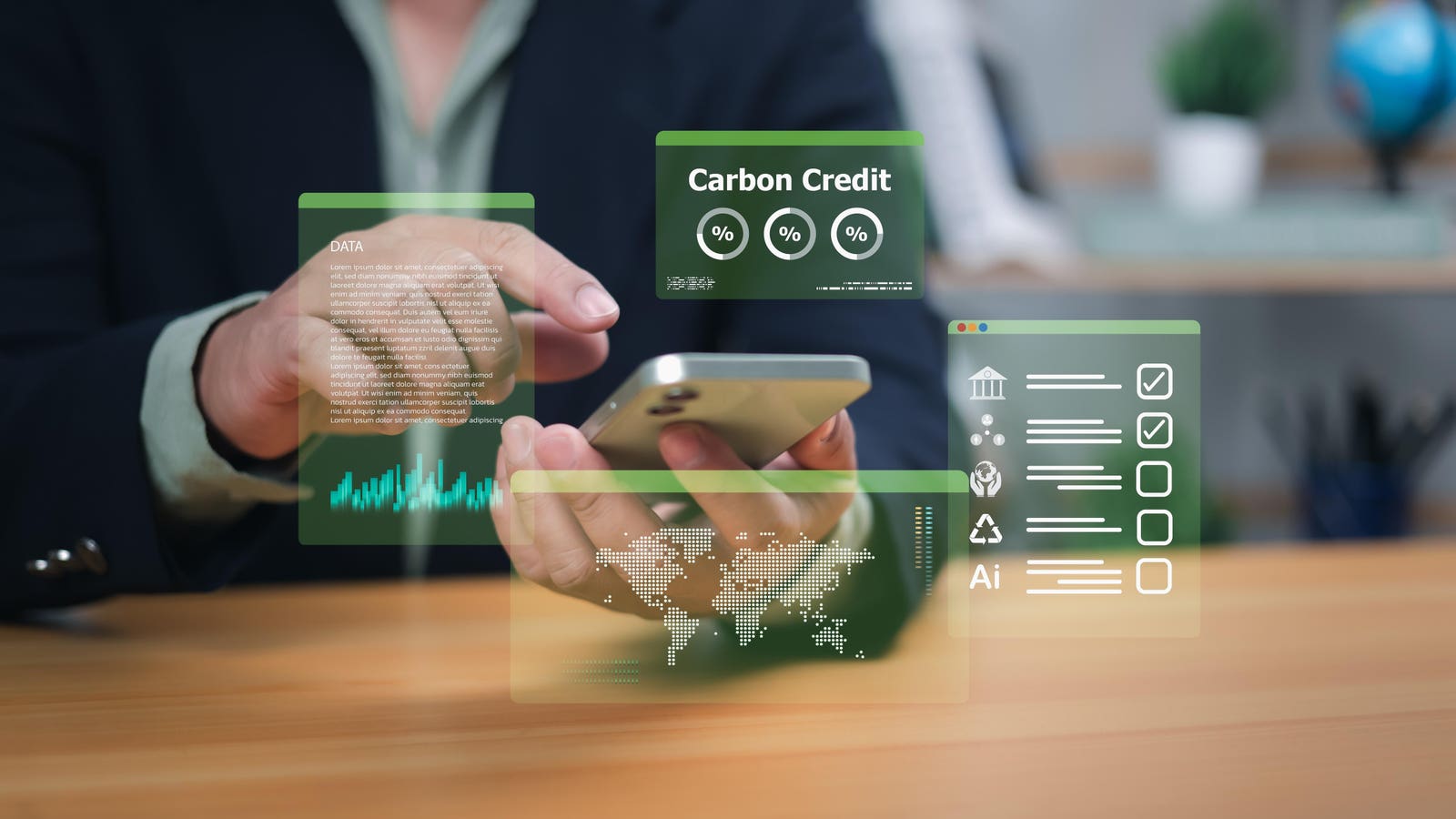Carbon Credit Market
As the voluntary carbon market expands, not all carbon credits are created equal. In a climate economy increasingly scrutinized for greenwashing and impact-washing, the integrity of carbon credits matters more than ever. When executed with care and transparency, carbon credits can deliver real benefits for the climate, local communities, and the broader sustainable development agenda. However when the quality is compromised, carbon credits become little more than accounting tricks and attempts at bolstering ESG claims.
This final article in the series on carbon credits and carbon capture highlights five high-integrity carbon credit types to watch, three types to approach with caution, and what it all means for the planet.
Carbon Credits to Watch
- Efficient Cookstove Projects
According to the World Health Organization, nearly 2.1 billion people globally still rely on traditional biomass for cooking, leading to harmful emissions and severe indoor air pollution. According to a 2024 Climate Seed Report, efficient cookstoves reduce CO2 and black carbon emissions by 30–60%, while also improving respiratory health, saving fuel costs, and reducing deforestation. A primary example of this is Burn Manufacturing based in Nairobi, is a clean cooking company in Africa and one of the few that oversees every stage of carbon credit development from project creation to monitoring and issuance. To date, its stove projects have produced over 9.5 million Gold Standard carbon credits, significantly cut indoor air pollution, and helped conserve more than 29 million tons of wood across Africa. - Mangrove Restoration (Blue Carbon)
According to Conservation International, mangroves can sequester more carbon per hectare than terrestrial forests, making them critical coastal carbon sinks. Mangroves occupy only 0.1% of Earth’s surface yet can store up to 10 times more carbon per hectare than land-based forests, making them a vital natural solution for climate mitigation. They also buffer storm surges, protect shorelines, and support marine biodiversity. The Mikoko Pamoja project in Kenya offsets approximately 3,000 tons of CO2 annually and is verified under Plan Vivo. This project even received a United Nations award for their efforts. Mangroves blue carbon’s strategic role in climate adaptation and mitigation, especially for small island states is definitely projects that can be undertaken as it relates to carbon credits. - Biochar Projects
Biochar, a stable form of carbon produced by heating organic waste in the absence of oxygen, also known as pyrolysis. This process locks carbon in the soil for centuries, enhancing soil health and crop yields. Charm Industrial and Carbonfuture and their verified credits are considered among the most permanent on the market. - Soil Carbon Sequestration through Regenerative Agriculture
A 2022 study by the Rodale Institute shows regenerative farming practices such as cover cropping, no-till, and rotational grazing can sequester up to 3 tons of CO2 per hectare annually. This process was discussed in the recent sustainability and health series. The challenge for these types of credits which are typically verified by Verra, Regen Network, and Nori, is that they require consistent monitoring and farmer incentives. - Direct Air Capture (DAC) Credits
DAC is a frontier technology that uses chemical processes to remove CO2 directly from the air and store it underground. While costly, it offers the highest permanence among carbon removal methods. As of 2024, DAC credit prices range from $600 to $1,000 per ton, per ScienceDirect and Climeworks reports. Despite the cost, Stripe, Shopify, and Microsoft continue to buy DAC credits as part of their net-zero commitments.
Carbon Credits to Approach with Caution
Large-Scale Monoculture Tree Plantations
Reforestation is a powerful tool for climate action, but only when implemented with ecological integrity. While trees naturally absorb and store carbon, poorly designed tree planting efforts can do more harm than good. Fast-growing, non-native species like eucalyptus and pine are often favored for their rapid carbon uptake but can deplete groundwater, reduce biodiversity, and increase wildfire risk. Similarly, planting trees in historically non-forested areas like grasslands or peatlands can disrupt local ecosystems. To ensure reforestation efforts are truly beneficial, projects must prioritize native species, local biodiversity, and long-term ecosystem health, not just carbon numbers. Typically, they may show short-term gains but are unsustainable long-term.
Most Retired Offsets Miss the Mark
According to the June 2025 report “Built to Fail?” by climate watchdog groups using the AlliedOffsets Database, the Voluntary Carbon Market, a system where organizations voluntarily buy carbon credits to offset emissions, retired approximately 207.8 million credits in 2024. Shockingly, more than 47.7 million of these were classified as “problematic,” meaning they are unlikely to deliver the promised emissions reductions. The study analyzed 47 of the top 100 global offset projects and found that 80 percent of their retired credits were flawed. Key issues included non-additionality (when a project would have occurred without carbon finance), impermanence (when stored carbon may be re-released), leakage (when emissions are displaced rather than reduced), and over-crediting (when a project’s actual impact is overstated).
An alarming 93 percent of these problematic projects were located in the Global South, which includes regions such as Latin America, Africa, and Southeast Asia. These areas have historically contributed the least to climate change but are already experiencing its most severe impacts. The report also found that over 90 percent of the flawed credits were issued by Verra, the world’s largest carbon registry, with additional problematic credits verified under Gold Standard, Climate Action Reserve, and ACR. Even projects rated by BeZero, an independent verifier, were found to carry moderate to high risks of fundamental failure.These findings raise a serious question: Why do major companies continue to depend on a carbon market that consistently fails to guarantee real climate outcomes?
Quality Over Quantity In Carbon Credit Market
The voluntary carbon market holds real potential, but only when the focus is on integrity, not volume. High-quality carbon credits, whether from cookstove initiatives or mangrove restoration, deliver measurable climate benefits and often support social equity. However, the proliferation of low-quality or poorly verified offsets dilutes the market’s credibility and undermines climate goals. As the world leans into net-zero targets, companies and countries alike must prioritize credits that are additional, permanent, and independently verified. In carbon markets, as in climate action, quality is not optional. It is the difference between real progress and smoke and mirrors.









